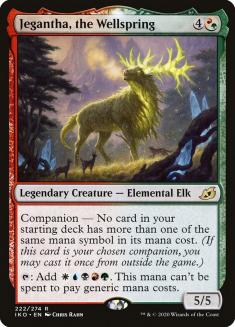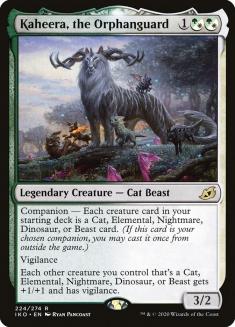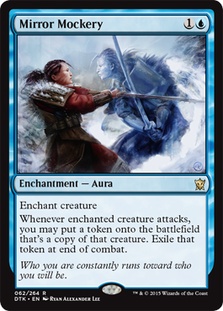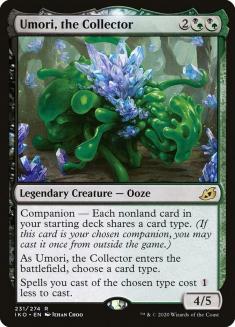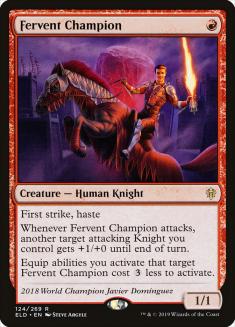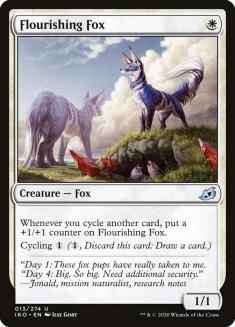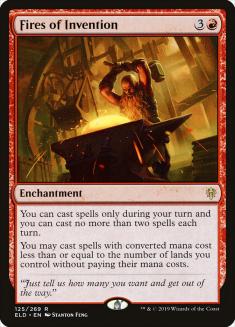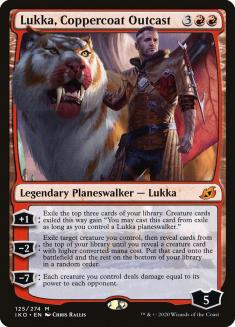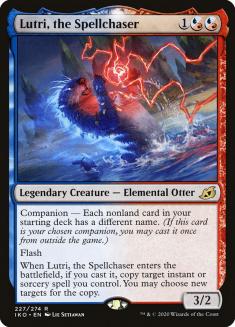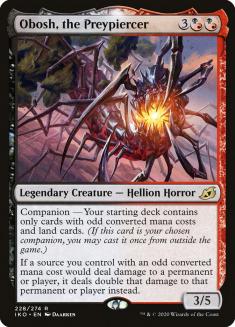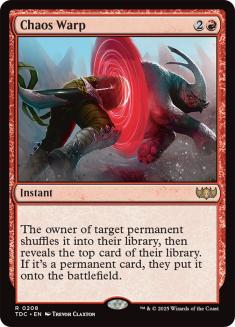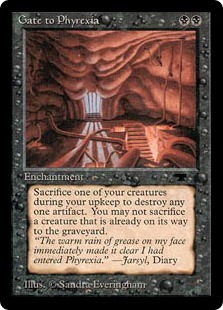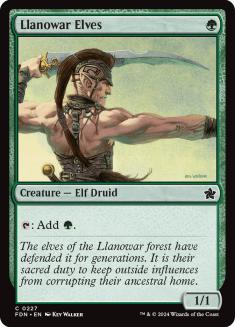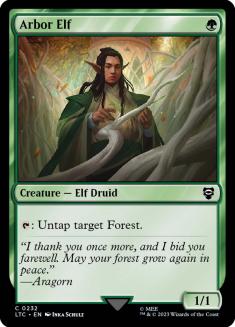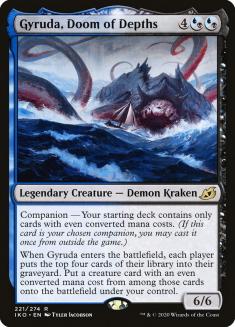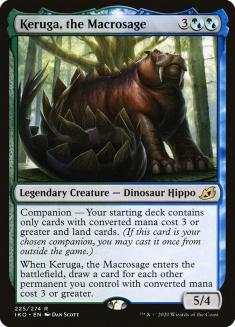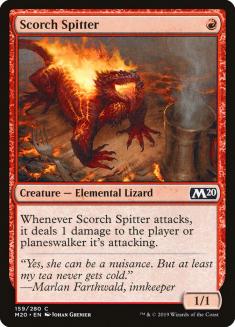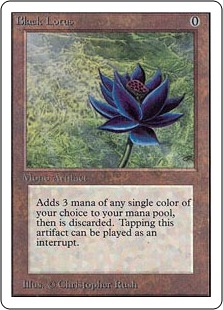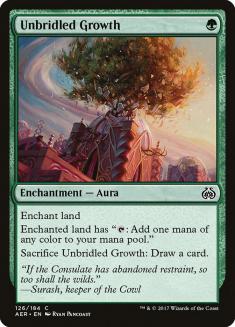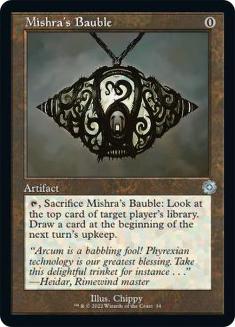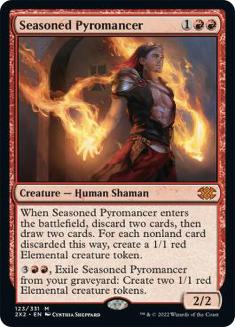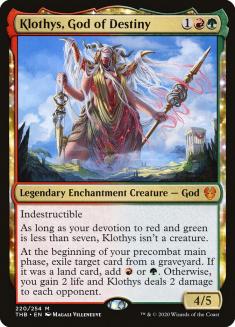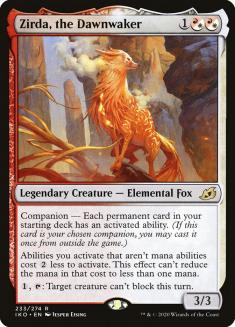We are a month into Companion: The Gathering, and today we’re likely getting our first look at measures to change that back to Magic as we knew it.
In Vintage and Legacy.
For every other format, you’re still going to have to face down a companion in the majority of games you play. But even if it feels like it sometimes, the companion restriction has a nonzero deck building cost. There are a few key ways to exploit different companions, and here’s your guide to doing that.
The Best Answer…Is Still a Companion
Two companions are best answered by playing a better companion deck. Jegantha, the Wellspring and Kaheera, the Orphanguard mostly see play as incidental eighth cards in decks that don’t want to put in the work to play a different companion.
But as Sam Black said last week, most of the good companions aren’t just starting with eight cards. If you’re even interested in estimating, it’s closer to ten or eleven. Just floating a Jegantha or Kaheera into your hand isn’t enough to match that.
There’s more hidden wisdom here. Even if one of these later exploits works against a specific companion, there’s a huge chance the best version of that exploit is a different companion deck. Sometimes you can overcome the huge starting disparity with an exploit, but it’s probably better just to start at parity and then have a strategic advantage as well.
Weak to Linear Strategies
Oddly (or evenly in one case), the restrictions on most companions still leave a lot of room to find some hate card to handle linear strategies causing issues. The only companion that is quite to the level of making it impossible to find any perfect interaction is Umori, the Collector. Honestly, if that deck really needs to for a specific matchup, it could sideboard out of a companion into the right hate, but that might not be enough if you’re starting down a game every match against combo.
Creatures (3)
Planeswalkers (12)
Lands (36)
Spells (29)

The more common and relevant restriction is building your deck in a way that minimizes the impact of any hate you do have. The impact of a fifteen-card sideboard on an 80-card deck, minus the Yorion, Sky Nomad slot, is similar to a ten-card sideboard in a normal 60-card deck.
You can ask a Yorion deck to do something pretty good every game and it works well, but if you ask it to do a very specific good thing every game to win, the math is not in its favor.
Ikoria Standard is the extreme of Yorion dominating a format, and the other decks semi-successfully competing with Yorion are all single-purpose, linear shells. You can show up with Glass Casket, Dream Trawler, and Deafening Clarion in your sideboard, but that’s not going to cover you against Wilderness Reclamation. Or, if you show up with Aether Gust instead of Glass Casket, what covers Flourishing Fox?
There’s a reason the most successful Yorion deck is a mashup of its own linear plans and the hope that it can win games on raw power alone. And also a reason that Yorion has been less and less successful as the formats expand, even if basically the same Yorion-Lukka-Fires trio is winning matches in Pioneer. Yorion decks are dominant in anything resembling a midrange matchup in Modern or Legacy, but sometimes someone rolls up with Stinkweed Imp and there isn’t a comparable synergy you can load into your deck to combat it.
In theory you can start maindecking hate cards, but what hate cards are good to blink with Yorion’s trigger? There are only so many slots you can spend on interaction that doesn’t blink well, and once you start going over that limit, Yorion doesn’t generate the overwhelming advantage you’re expecting. At that point, are you just an 80-card version of creatureless Azorius Control with Kaheera? We covered that up front.
I’m technically obligated to mention Lutri, the Spellchaser having similar issues in Vintage, which is technically a format you might be able to play it in after they remove Lurrus of the Dream-Den from the picture. There’s a reason the stock sideboard for that deck has the other three copies of Force of Will.
Weak to Specific Permanents
The hybrid cost of companions often means they can flex in deckbuilding to pick up an answer to a problem permanent like Grafdigger’s Cage, but that isn’t always the case.
Creatures (27)
- 4 Tin Street Dodger
- 4 Grim Initiate
- 4 Scorch Spitter
- 4 Fervent Champion
- 4 Bonecrusher Giant
- 4 Anax, Hardened in the Forge
- 3 Phoenix of Ash
Lands (22)
Spells (11)

Obosh, the Preypiercer has a weird secondary restriction that often chokes its ability to kill problem permanents. The ideal Obosh aggro curve is one-drop, double one-drop. Maybe in formats where you can play Arid Mesa that’s doable when spread over multiple colors, but in those formats, your aggro cards are too effective to want a five-drop killer like Obosh. In Ikoria Standard and Pioneer, you just want a load of one-drops that share a color so you can play untapped lands and have that dream curve as often as possible. I wrote last week about the sin of playing Fabled Passage with Obosh and I’m here again to remind you to build better decks.
Obosh Mono-Red and Obosh Mono-Black have both seen play, but both of those colors have large gaps in their ability to cover enchantments. Black also fails to handle artifacts, and red fails to efficiently kill larger creatures, especially when constrained to Shocks or three-drops.
Creatures (32)
- 4 Llanowar Elves
- 3 Slaughterhorn
- 4 Elvish Mystic
- 2 Rhonas the Indomitable
- 4 Steel Leaf Champion
- 4 Gruul Spellbreaker
- 4 Lovestruck Beast
- 4 Bonecrusher Giant
- 2 Yorvo, Lord of Garenbrig
- 1 Klothys, God of Destiny
Planeswalkers (2)
Lands (22)
Spells (4)

Of course there are the various Obosh Gruul Aggro decks in Modern and Pioneer that aren’t limited this way, but we will get to the answer there in a minute.
A couple of other companions are fine at finding answers to permanents, but bad at finding multiple answers to permanents.
Creatures (27)
- 1 Sakashima the Impostor
- 4 Phyrexian Metamorph
- 3 Phantasmal Image
- 4 Restoration Angel
- 1 Maelstrom Wanderer
- 4 Dack's Duplicate
- 1 Dragonlord Kolaghan
- 2 Thought-Knot Seer
- 4 Spark Double
- 3 Gyruda, Doom of Depths
Lands (17)
Spells (16)

Gyruda, Doom of Depths is the best example of this. You can play some Abrupt Decays to answer Grafdigger’s Cage or Drannith Magistrate, but to remain a functional deck you need a huge amount of Clones and a huge amount of mana, and there’s no room for large numbers of Abrupt Decay, let alone cards that help you find them.
Umori has similar issues, albeit with a set of cards that aren’t as broadly played. Have you really seen an Ensnaring Bridge since last year?
Creatures (33)
- 3 Cartel Aristocrat
- 4 Satyr Wayfinder
- 4 Blisterpod
- 4 Zulaport Cutthroat
- 4 Stitcher's Supplier
- 4 Hunted Witness
- 4 Priest of Forgotten Gods
- 2 Cruel Celebrant
- 4 Fiend Artisan
Lands (21)
Spells (6)

There are a couple of corner cases where Lurrus of the Dream-Den decks fall into this trap. Lurrus doesn’t inherently restrict you from playing answers to problem permanents, or even force you to build a deck that loses to them, but the more you build a deck around recasting creatures with Lurrus, the more you fall into the same trap as Gyruda. Your opponent casts a Grafdigger’s Cage or a Mayhem Devil, and then what are you even doing with your stack of Hunted Witnesses?
This won’t be the last time going over how the dangerous play pattern with Lurrus is planning to recast something that isn’t just another body.
Weak to Efficiency
Some of the companions make you want to focus on resolving a five-drop, but not also on flooding the battlefield with one-drops. It makes sense that the best way to beat those decks is going under them, or attacking their expensive card on the stack with a cheaper counterspell.
Except Teferi, Time Raveler is a giant jerk, so often time this comes down to just bashing their face in with one-drops and we are back to the point of showing up with linear decks to beat Yorion. But having a few cards like Mystical Dispute or Disdainful Stroke leaves you ready to steal games, even if having a million counterspells makes the matchup Teferi percent to win or lose.
Gyruda has a similar weakness, but the choke point isn’t necessarily what you expect. In Ikoria Standard and Pioneer you can get away with fighting over the six-drop, but what if they draw Destiny Spinner? What about in Modern or Legacy against Cavern of Souls or Leyline of Lifeforce?
The better choke point is their mana. Again, their deck is really full of Clones; none of these Gyruda decks will reliably hit six land drops. It might be a tough ask to kill Sylvan Caryatid or stop Lion’s Eye Diamond, but that plus any decent clock is almost as effective as fighting over their companion.
Weak to Obscene Amounts of Removal
Lurrus is the one card advantage companion you can attack with removal. That might not make immediate sense since it’s also the one that plays with the graveyard, but Lurrus dying actually matters. Yorion dying only matters if you needed the eighth bonus card to really cement your advantage, and what kill spell are you firing at Omen of the Sea?
Creatures (27)
- 4 Steel Overseer
- 4 Hangarback Walker
- 4 Metallic Mimic
- 4 Winding Constrictor
- 4 Walking Ballista
- 3 Chamber Sentry
- 4 Stonecoil Serpent
Lands (22)
Spells (11)
Sideboard

Against Ikoria Standard Lurrus decks, many Pioneer ones, and even some in older formats, the key to having a chance is making sure you can kill all their things and then still have another two removal spells for Lurrus and whatever they recast.
That, of course, has the implication that your opponent is recasting something you can kill, not just forcing another profitable interaction while you run out of cards and die horribly, but there’s only so much you can do about Lurrus until it is fired out of a cannon into the sun in a couple of those formats around the same time this article posts.
All the Obosh decks are also weak to this plan, whether they’re monocolored or Gruul. The tricky part is the Obosh decks are good at stretching the categories of removal you need.
The same removal that beats a one-drop doesn’t really hold up against three-drops, and the removal that beats three-drops doesn’t trade efficiently enough for one-drops to hold pace. There’s a push towards three-drops that aren’t the easiest to remove as you step up the curve, or that survive sweepers in some capacity to keep the easy out off the table. You can sit around and target Obosh when it resolves, but you’re facing down an aggressive deck that can just avoid casting Obosh into a reactive stance and chip away at your life total the old-fashioned way.
There aren’t a ton of Zirda, the Dawnwaker decks, and several of them are just playing Zirda as a creatureless Kaheera with more toughness, but the ones that are dedicated Zirda decks are extremely permanent-based. There’s some core combo you’re trying to assemble that probably involves your companion and permanents you don’t want to die.
Creatures (3)
Planeswalkers (9)
Lands (20)
Spells (28)

But I don’t think that’s necessarily a requirement of the archetype. Just like Lurrus completely broke any sense of parity when it was used to recur value and not bodies, expect Zirda to turn that corner if it ever starts acting like a combo you can splash into normal decks that only requires you to draw one piece then cast Zirda for the other half.
Weak to More Consistent Decks
So if Obosh is removal-resilient and variants of it are capable of handling problem permanents, what is it weak to?
It’s just fundamentally a bit inconsistent.
Obosh is a five-mana spell you cast to win the game, just like Keruga or Yorion. But unlike those cards, the permanents you’re casting to support it aren’t random material that produces cardboard. You’re selecting permanents for damage output, and that isn’t quite as conducive to keeping up card flow. It takes five lands to cast Obosh, you want to control three other relevant permanents, you want to do it all as quickly as possible, they need to meet specific curve requirements but you have a mix of costs, and you can see how this all adds up to be a bit less than optimal much of the time.
And unlike Yorion, you’re counting damage and not cards. There’s a “probably enough” with accumulating random cardboard, whereas damage is often way more precise about whether it is or isn’t enough.
The best answer to Obosh is to do a bit of everything, but always do that bit of everything. Have a sweeper, have a problem permanent or two, have a consistently good plan, hit your land drops, and come out ahead on the margins.
And probably just show up with a good companion too. That’s certainly the easiest way to consistently do something powerful with cards to spare for interaction.



